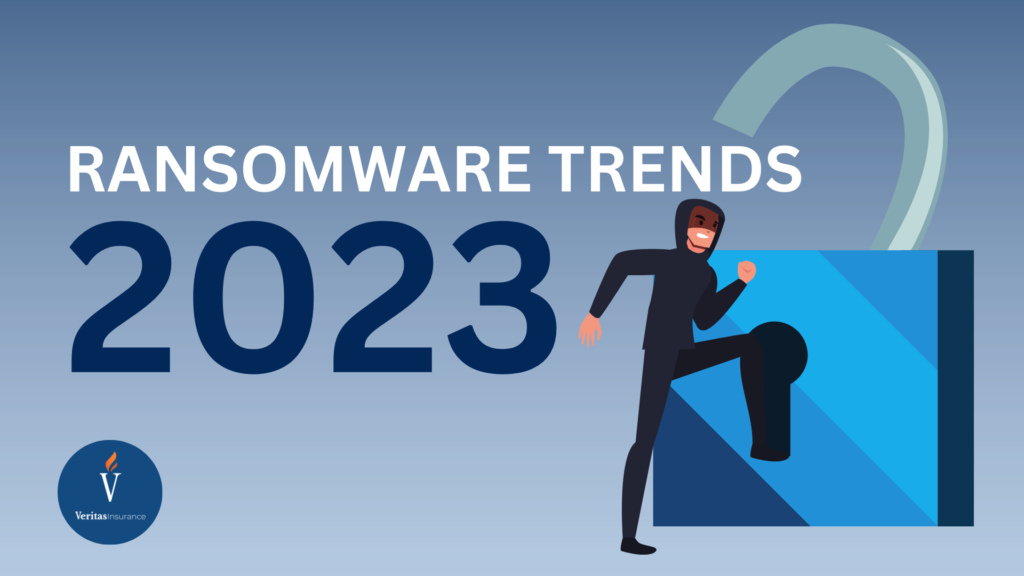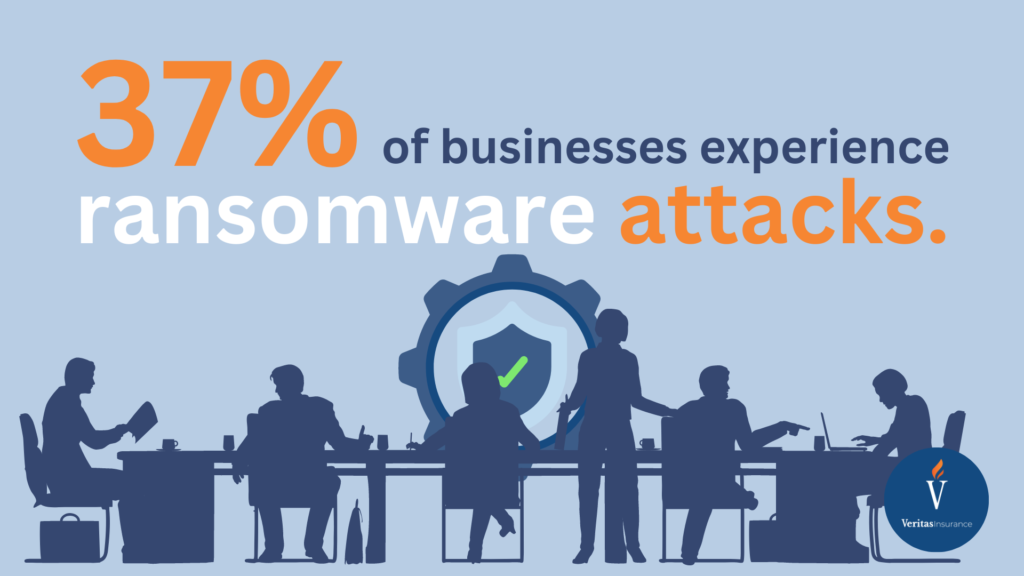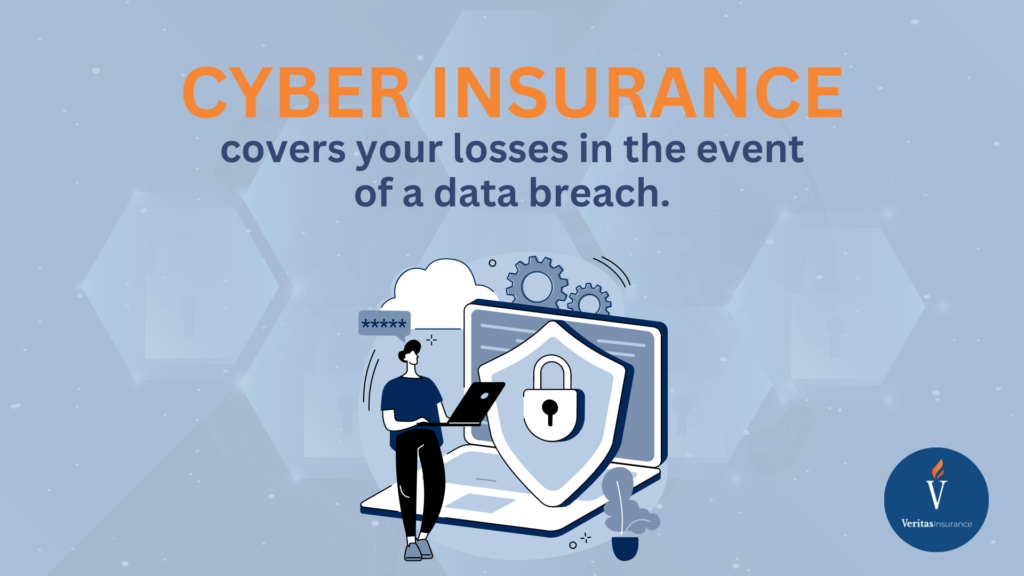Ransomware attacks can be detrimental to businesses of all sizes. These attacks are especially destructive to small businesses, which often have less cybersecurity measures in place, and less elasticity after an attack. This article discusses how your business can prepare for 2023 ransomware trends.
What is Ransomware?
Ransomware is a type of malware that prohibits access to files and networks on your computer system. Hackers require a ransom payment to release the files, which they may or may not grant access to after the payment. Ransoms range in size but can often be several million dollars.
Many times, you may not immediately notice that your device has been infected with ransomware. Often, this malware is installed when you click a malicious link or ad, or even visit a malicious website.
Ransomware Statistics and 2023 Trends
In 2021, 37% of businesses were victimized by ransomware attacks. These attacks cost an estimated $20 billion. On average, it cost $1.85 million to recover from a ransomware attack, and most that make the payment only get 65% of their data back.
In 2023, ransomware attacks will likely continue to increase. Experts expect that losses from ransomware will exceed $30 billion.
These increases are likely due in part to remote work practices, increasingly digitized business operations, and low risk of cybercriminals being capture. Additionally, many businesses find it easier to make the payment than go to the work to overcome the attack.
Preparing for 2023 Ransomware Trends
As we enter 2023, these precautions can help you prepare your business for the possibility of ransomware attacks. A full ransomware preparation checklist is available by request (see the form below).
1. Don't Click Links in Emails
If you receive an email asking you to click a link, don’t immediately follow the link. It’s better to be safe than sorry. Verify that the sender’s address is the same as past emails from that sender. Remember, just because the email uses personalization tokens does not necessarily mean it is legitimate. Instead of following direct links, it is best practice to navigate to the URL by visiting the site, and not by clicking the link.
2. Duplicate Company Records
Keep an offline, encrypted duplicate of all important company records. Cybercriminals often look for data backups, so it is critical that these are stored offline.
3. Keep Anti-Virus Protections Up to Date
Set up anti-virus programs that will automatically run regular scans on your devices. Encourage your employees to do the same on any devices they use for work-related purposes. Keep these programs up-to-date, as out-of-date software can be a significant exposure.
4. Secure Remote Desk Protocol (RDP)
Conduct an audit for systems using remote desk protocol (RDP) and close any unused RDP. Multi-factor Authentication for RDP is a must.
5. Filter Suspicious Emails
Be sure to block suspicious Internet Protocol (IP) addresses at the firewall. Additionally, filters should be implemented at the email gateway that filter out emails with malicious indicators.
6. Investigate Other Network Issues
Ransomware hackers often utilize current network compromises to implement a ransomware attack. Often, they may even use the ransomware attack to mask previous compromises. Running regular scans of your computer systems and addressing any compromises can keep you one step ahead of cybercriminals.
7. Employee Cybersecurity Training
Employee error is one of your business’s biggest exposures. Be sure to train your employees on cybersecurity best practices, especially related to phishing attacks. Hold periodic employee cybersecurity briefings to keep employees up-to-date on cybersecurity best practices. Additionally, it may be a good idea to conduct an organization-wide phishing test guage employee awareness and encourage best practices.
Get Cyber Insurance Coverage
Ransomware is no joke. But if you have a strong cybersecurity plan in place, it will hopefully be less of a risk for your company. In the event of a data breach, it is important to be protected with cyber insurance. Cyber insurance covers your losses in the wake of a cyberattack. Contact our team at (423) 292-4142, or apply for a free quote online.
Ransomware Preparation Checklist
For a full ransomware prevention best practices checklist, fill out the form below. This checklist, sourced from the CISA, can be used by your organization to prevent ransomware incidents.
Let's Get Social!

Understanding Bodily Injury Coverage in Roofers Insurance
Being a roofing contractor is rewarding yet demanding. Roofers face risks, so having a roofer’s insurance is crucial. This insurance covers various liabilities and risks, making it essential for

Keeping it Fresh: Maintaining Your Refrigerator Door Seals
Your refrigerator’s gasket is like a trusty sidekick for food freshness, playing a pivotal role in keeping the cold air in and the warm air out. This essential component






